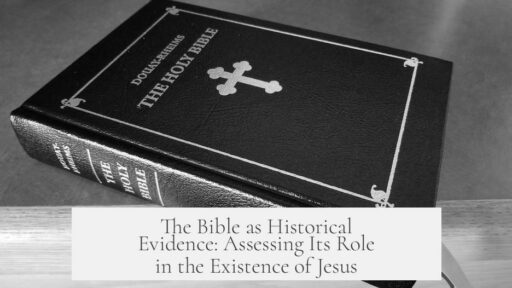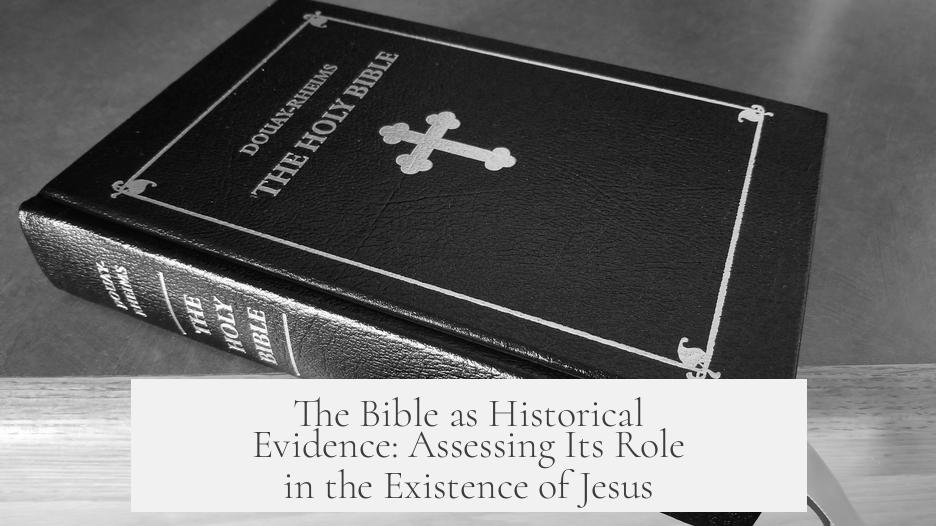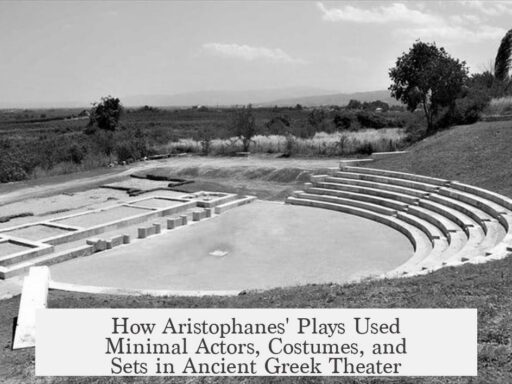The Bible is partly historical, but it is not a straightforward historical record in the modern sense. As a collection of 66 to 78 books depending on tradition, it includes many types of texts—historical narrative, poetry, letters, and prophecy. Some portions, mainly the Gospels and Acts in the New Testament, aim to describe past events and are used as evidence for the existence of Jesus of Nazareth, though they do not provide direct proof.
The Bible’s composition varies by religious tradition. Protestant Bibles have 66 books, Catholic versions 73, and Orthodox Bibles up to 78. This variety means one cannot label the entire Bible either historical or non-historical at once. Different books serve different purposes. For example:
- The Gospels (Matthew, Mark, Luke, John) narrate the life and teachings of Jesus and are historically oriented texts.
- Acts of the Apostles describes early Christian communities and events following Jesus’ death.
- The Epistles are letters, often from Paul, addressing church matters rather than historical narrative.
- Revelation is apocalyptic literature, rich in symbolism but not literal history.
- Some parts, like poetry and proverbs, convey cultural or spiritual truths rather than factual accounts.
The term “historical” needs context. Many assume a historical book must give an accurate, factual account of events. But historical value includes not only accuracy but also insight into beliefs, culture, and worldview. Every ancient text, including the Bible, holds historical information about its time.
Even if some narratives within the Bible are not fully factual, they reveal what their authors and communities believed and experienced. These texts thus become valuable historical documents, shaping how scholars understand the ancient Mediterranean world, early Christianity, and Jewish history in the first century AD.
Regarding Jesus, the New Testament Gospels serve as early evidence for his existence. Written between approximately 50 AD and 100 AD, these texts reflect the traditions of Christian communities that revered Jesus as a real person. They detail his life, death, and resurrection beliefs held by early followers. This counts as historical evidence, but not undisputed proof.
Scholars emphasize that evidence requires critical assessment. The historical reliability of the Gospels varies in opinion. Some view them as accurate testimonies; others consider them theological documents shaped by later beliefs. Historical research weighs these texts against each other and external sources.
Historical study of the Bible uses rigorous methods. Researchers try to remove theological assumptions, such as biblical inerrancy, to analyze texts on their own terms. They focus on incidental details—small, perhaps unintended facts within narratives that hint at genuine historical conditions.
The Book of Acts is often cited as a valuable historical source. Although it contains literary devices, Acts provides rich insights into the politics and society of Judea and the Roman Empire in the first century. For example, the story of Paul’s arrest discusses Roman citizenship rights and local authority disputes, which correspond with known historical realities.
Beyond the Bible, other ancient historians also mention Jesus. Tacitus, in his Annals, and Josephus, in Antiquities of the Jews, wrote soon after the Gospels and provide independent testimony of a figure named Jesus. These external references support the historical existence of Jesus, though details remain debated.
| Source | Type | Historical Value |
|---|---|---|
| Gospels | Religious narrative | Evidence of Jesus’ followers’ beliefs and traditions |
| Book of Acts | Historical narrative with literary elements | Context of early Christian communities and Roman law |
| Tacitus’ Annals | Roman historical account | External non-Christian confirmation of Jesus |
| Josephus’ Antiquities | Jewish historical account | Mentions Jesus and early Christian movement |
Historical inquiry includes evaluating the Bible alongside archaeological data and other documents. This complex process does not produce absolute proof but builds a reasoned understanding. It respects the Bible’s dual nature as a religious text and a historical source.
- The Bible is a diverse set of books, some historical, some literary or theological.
- The Gospels serve as early evidence for Jesus but require critical study.
- Historical methods help distinguish incidental facts from theological interpretation.
- External sources like Tacitus and Josephus support the historical existence of Jesus.
- Historical evidence differs from proof and must be carefully interpreted.




